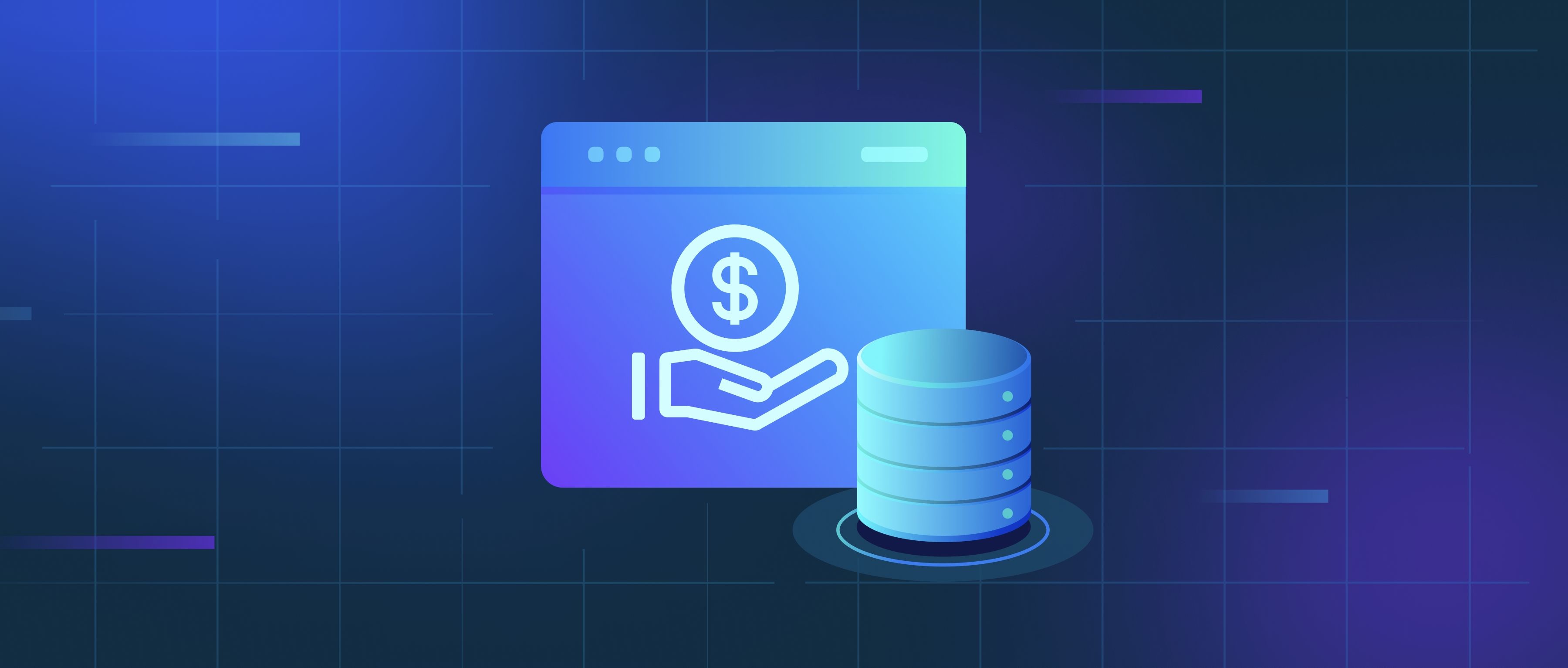Dashboards play a crucial role in data analytics by providing a visual interface for users to monitor and interpret data effectively. They integrate various data sources and present key metrics in an easily digestible format, allowing stakeholders to quickly grasp important information at a glance. With the use of charts, graphs, and tables, dashboards help highlight trends, patterns, and outliers, enabling users to make informed decisions based on real-time data.
One of the primary benefits of using dashboards is their ability to consolidate complex data into a simplified view. For instance, a sales dashboard can show real-time sales figures, customer acquisition rates, and revenue forecasts all in one place. This centralization not only saves time but also enhances collaboration among team members by providing everyone with access to the same data. Developers can customize dashboards to fit their specific needs, incorporating filters and interactive elements that allow users to drill down into details as necessary.
Furthermore, dashboards can facilitate proactive decision-making by providing alerts and notifications when certain thresholds are breached. For example, if a company's website traffic drops below a predetermined level, the dashboard can trigger an alert, prompting the marketing team to investigate and react quickly. This immediate feedback loop is essential for identifying issues and capitalizing on opportunities in real time. In summary, dashboards serve as vital tools in data analytics for visualizing, simplifying, and responding to critical data insights effectively.
